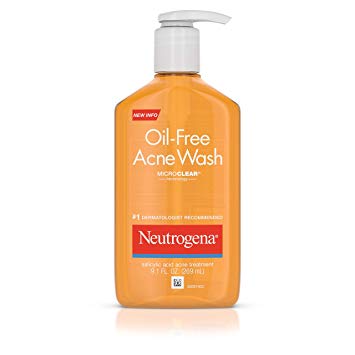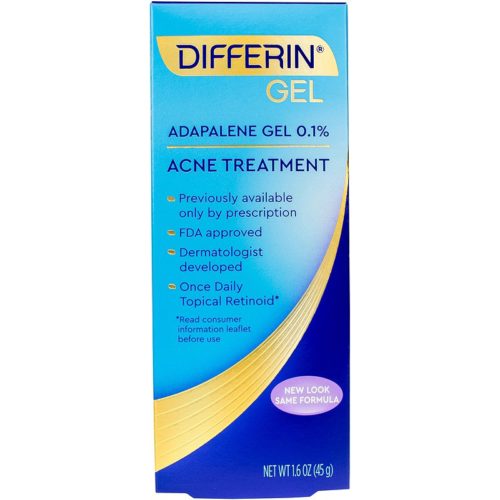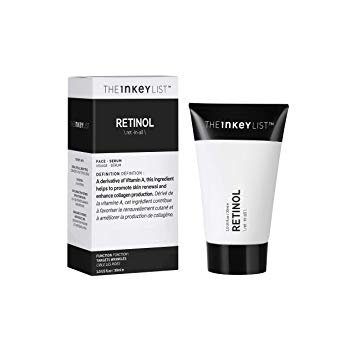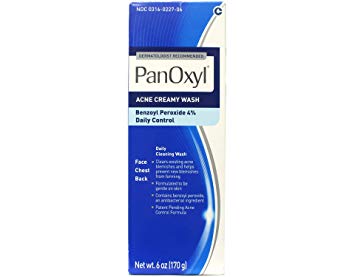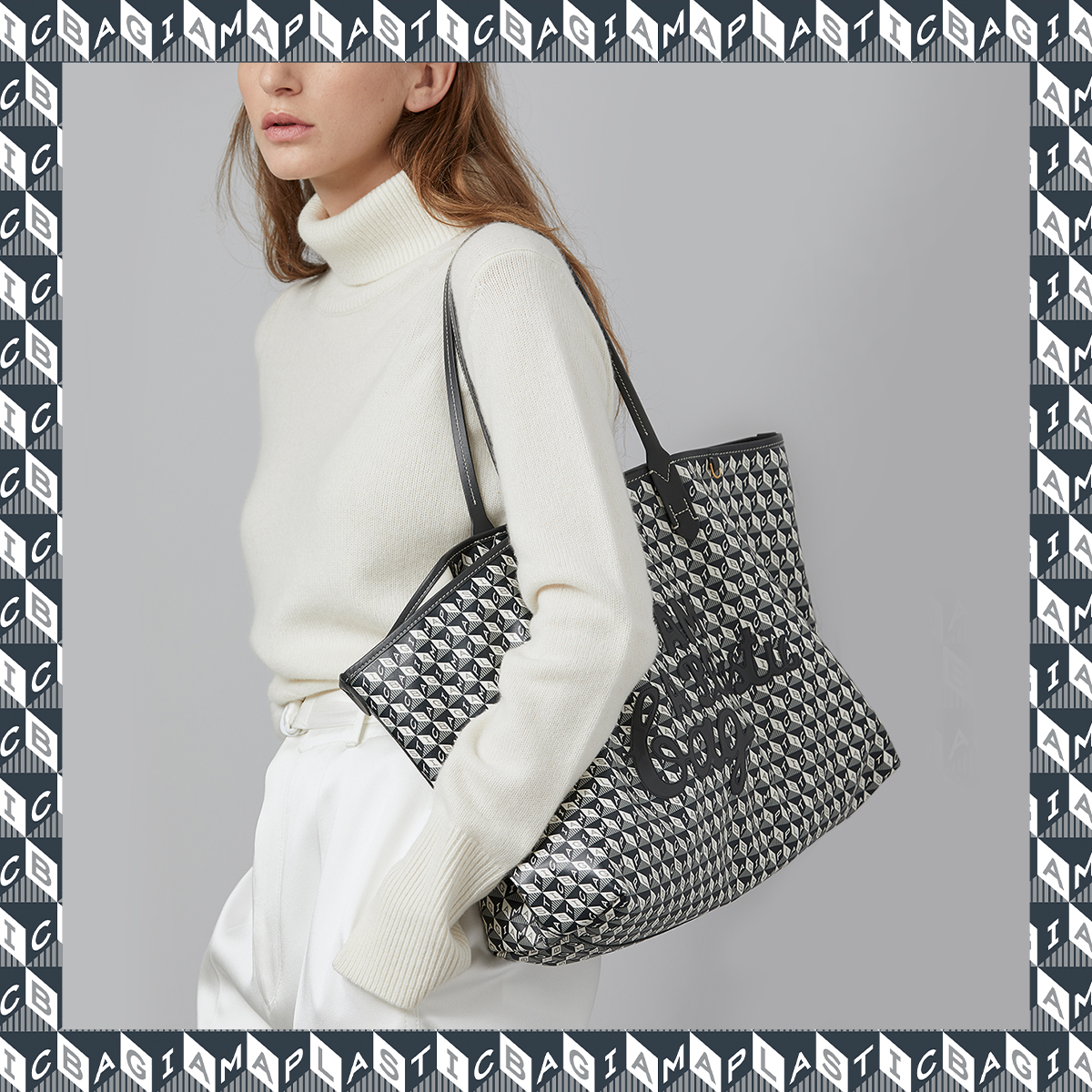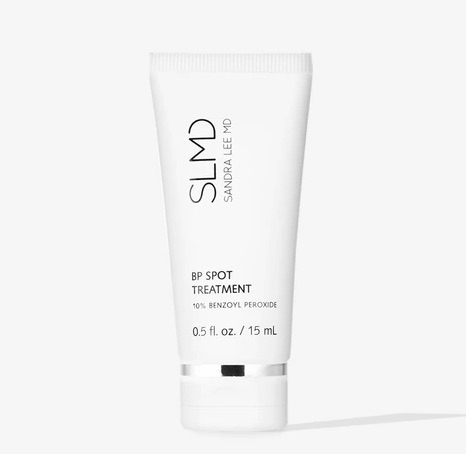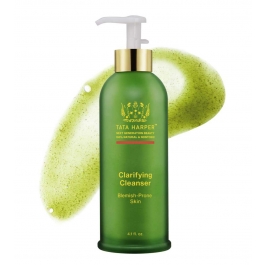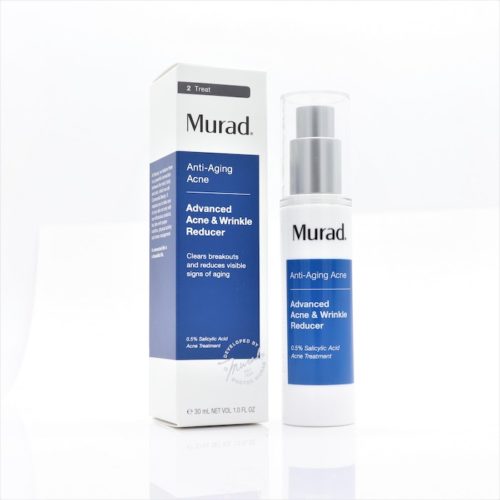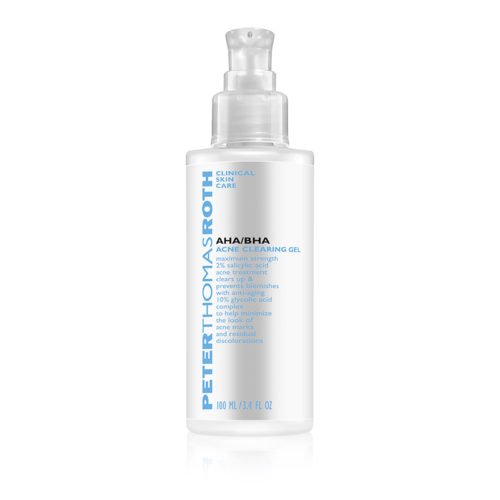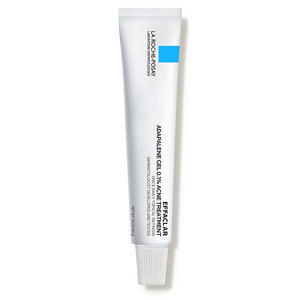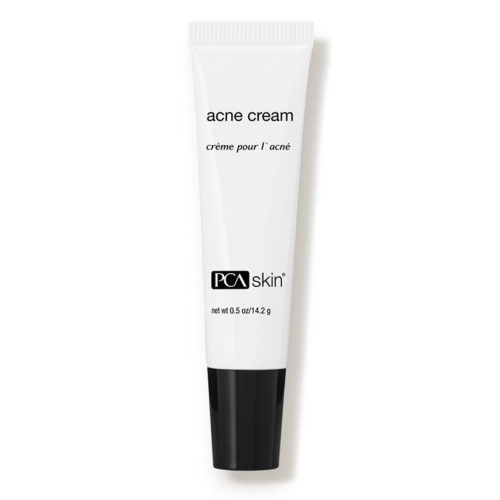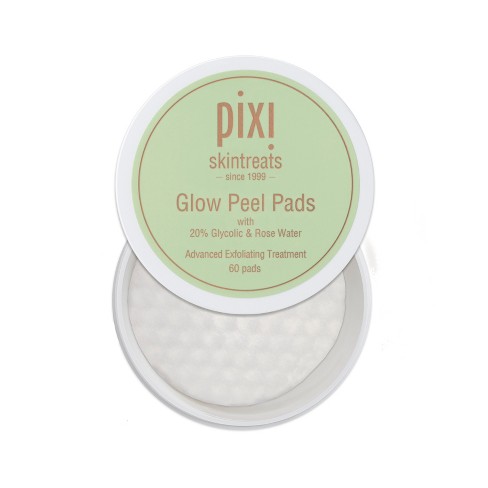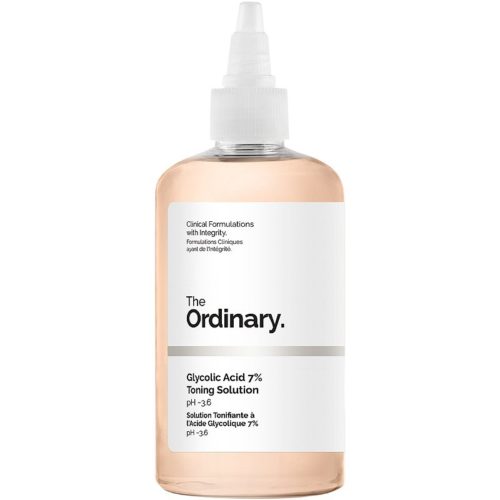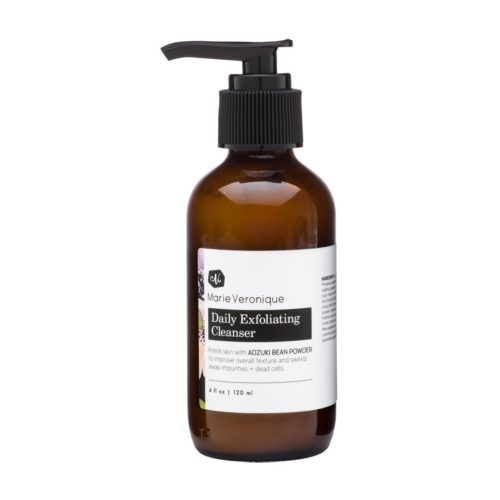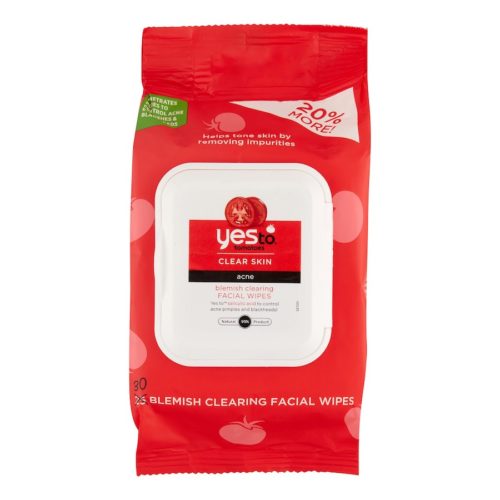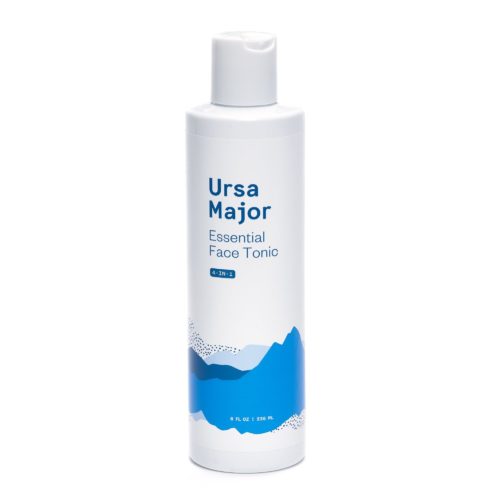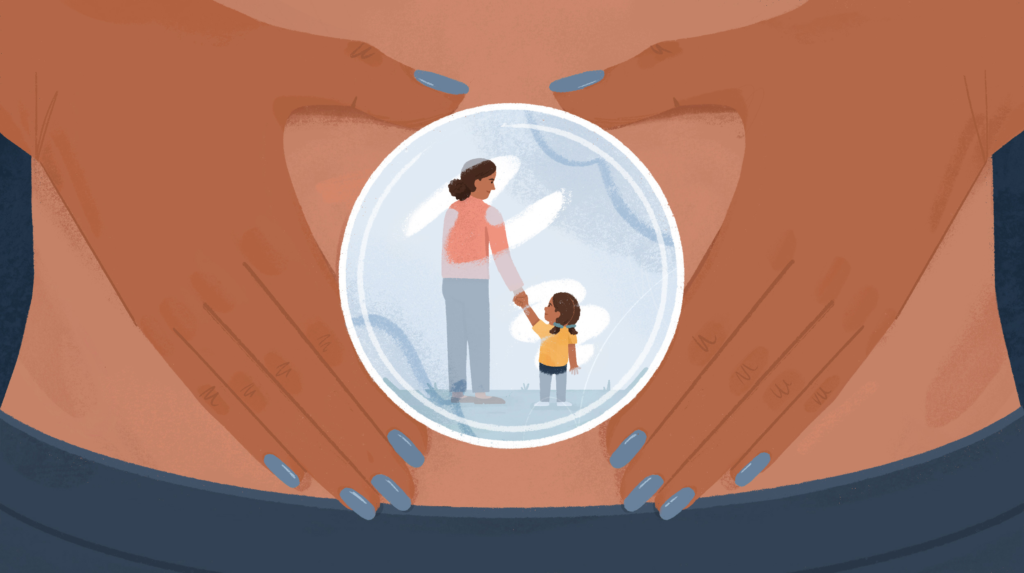
January 28, 2020 at 07:31PM by CWC
Acne is straight up the most common skin condition there is, but not all zits are the same. In fact there are many different kinds of acne, which can make dealing with pimples a tricky venture. Because while certain products can make one kind of pimple vanish overnight, they might be good-for-nothing when it comes to dealing with another type. It can legit feel like you’re playing a game of Clue to figure out what will make a given spot go away, which is frustrating (to say the very least). So we tapped dermatologists to get the low-down on treating the most common acne types that they see.
“When we talk about acne, we are often referring to the most common type, which is acne vulgaris,” says Tiffany Jow Libby, MD, a New York City-based dermatologist. Acne vulgaris is the medical term for inflammation from a blocked pore, and within this broad umbrella category, there are four major categories: comedonal, inflammatory, nodular, and hormonal (though all acne is technically a result of hormones). Besides these, acne mechanica, or breakouts you can get from things like sweat or friction, is also fairly common according to dermatologists.
While it sounds overwhelming, Dr. Libby notes that most patients predominantly have one of the above types of acne (or some combination). “If the patient has a combination of acne types, I’ll combine different recommended treatments to figure out what works best,” she says. “For example, some patients have more sensitive or easily irritated skin, so I might switch to a salicylic acid wash rather than a benzoyl peroxide one, or I might decrease the strength of the retinoid or instruct someone to mix it with a moisturizer,” she says. To begin to figure out your go-to solution when different pimples show up, keep scrolling for dermatologist-backed tips to deal with them.
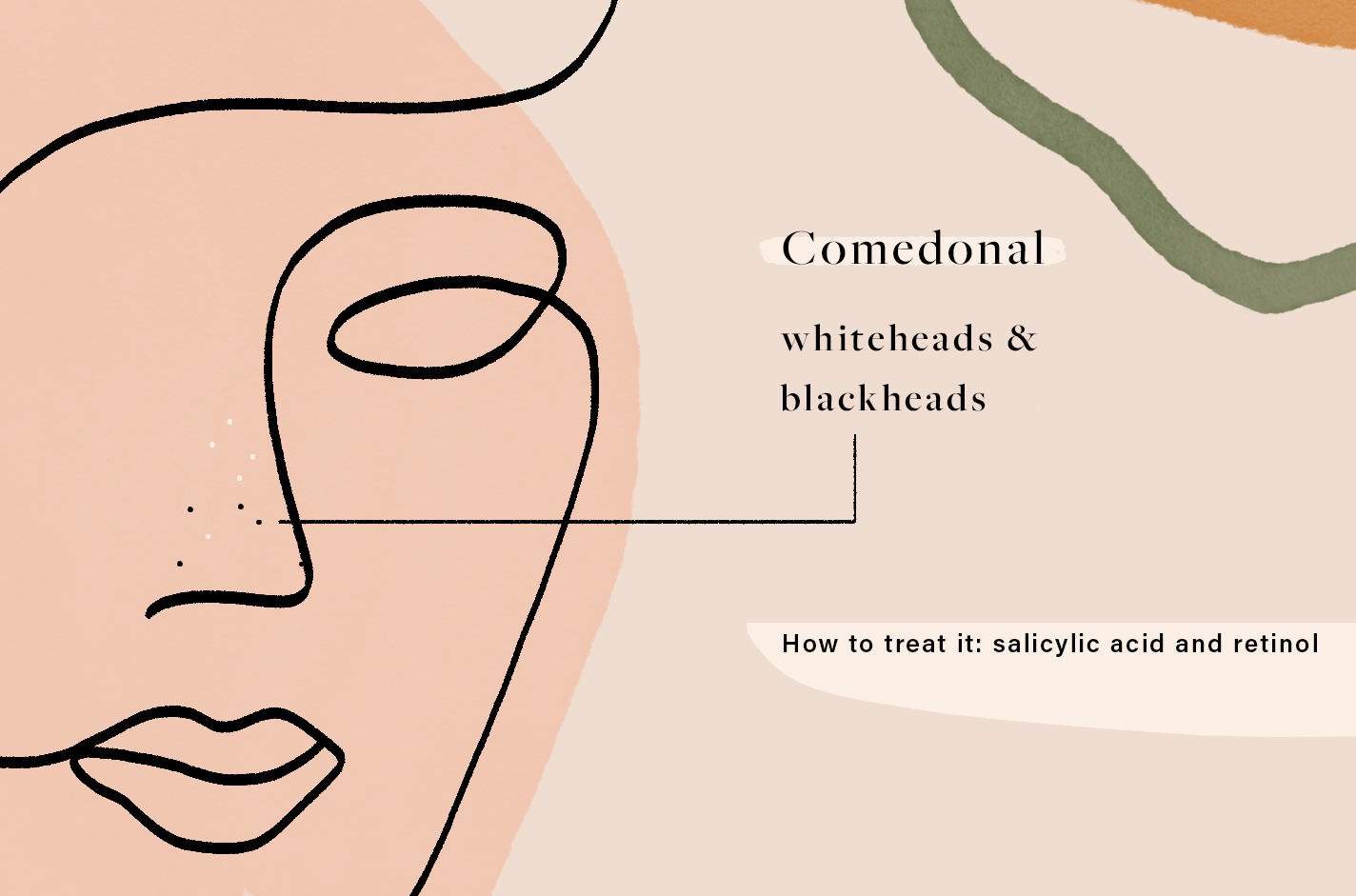
Comedonal acne
ADVERTISEMENT
ADVERTISEMENTKate Spade Autumn/Winter Sale |
What it is: Everyone’s likely heard of whiteheads and blackheads, which are perfect examples of comedonal acne. Closed comedones are called whiteheads (and they look like pus-filled orbs within your pores). These differ from blackheads in that they have a layer of skin over them. Open comedones, or blackheads, “occur when clogged pores become oxidized from being exposed to air,” says Dr. Libby. If you want an image of what free-radical damage is doing in action, look no further than how these pores go from being normal pus to charcoal-tinged from exposure to the environment.
How to treat it: Despite what you’ve read in click-bait headlines, you can’t change your pore size, and that makes some people with larger pores more susceptible to it. Comedonal acne responds well with your classic acne-fighting ingredients: salicylic acid and retinoids. “Salicylic acid is oil-loving, and specifically dives deep into pores to remove excess oil and exfoliate dead cells from the skin’s surface,” says Dr. Libby. And retinoids, she says, do a lot for your skin, but for acne, they help to unclog pores and prevent acne from reforming by promoting cell turnover.
Shop

Inflammatory acne
What it is: Red, angry zits are your inflammatory breakouts, which begin as open or closed comedones (whiteheads or blackheads). “With the addition of other factors like the presence of sweat or bacteria, an increase in oil production, or a hormonal surge, inflammation may occur and transform these lesions into your classic inflammatory acne,” says Dr. Libby. This transforms them into papules (red bumps) or pustules (red bumps that contain pus).
How to treat it: According to Dr. Libby, this acne type is typically a chronic condition, although some are lucky and just get the occasional pimple. “Regardless, it often requires treatment or at minimum a good skin-care regimen to start,” she says. The good news? Bacteria-fighting ingredients are readily available in products ranging from face wash to serums to moisturizers. “Because there’s bacteria involved, we prescribe antibiotics, or benzoyl peroxide, or prescription-based clindamycin, a topical antibiotic,” says Sandra Lee, MD, board-certified dermatologist (AKA Dr. Pimple Popper) and founder of SLMD Skincare. It’s also key to stay on top of washing your face to keep extra debris away from your skin.
Shop
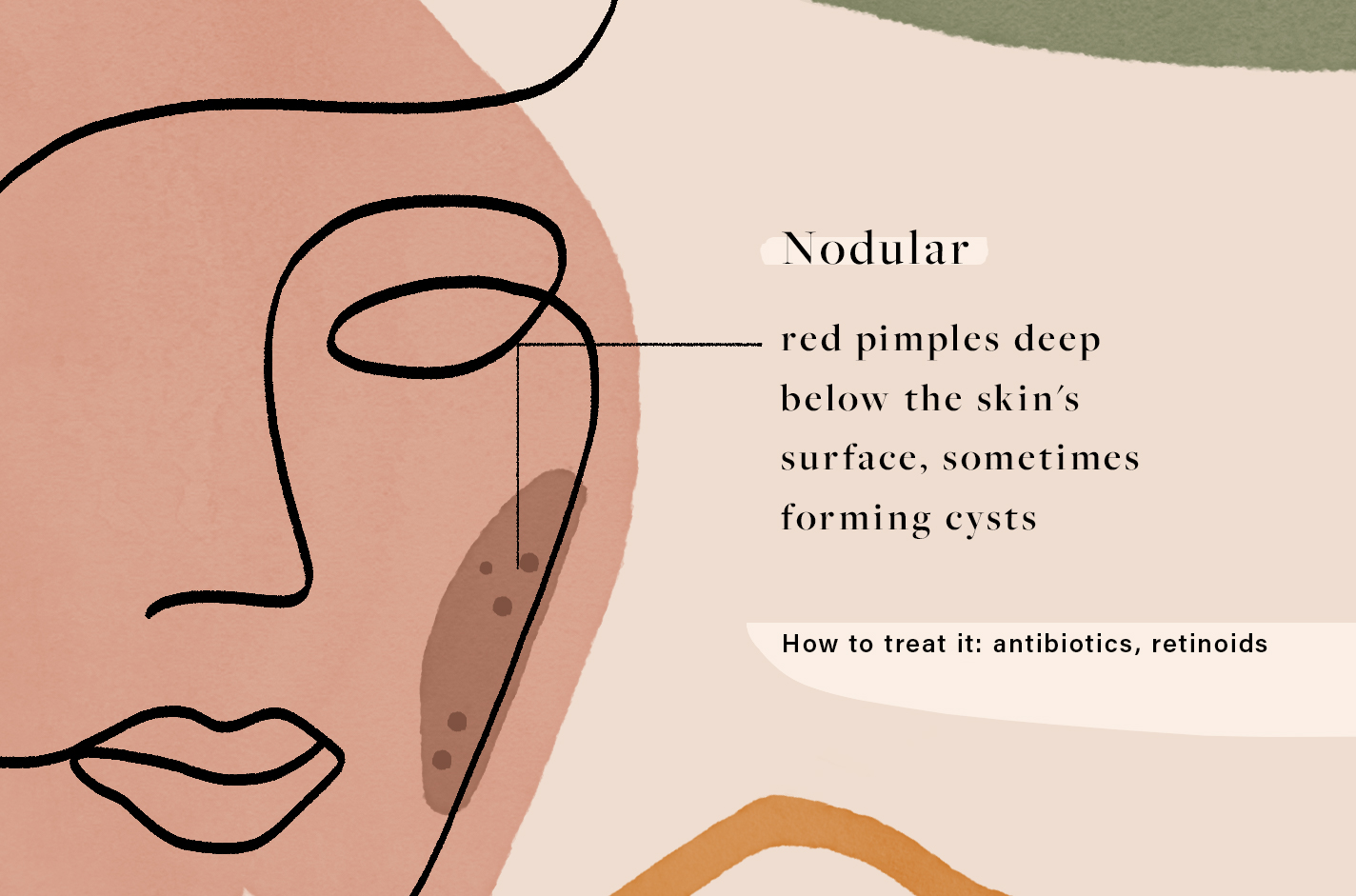
Nodular acne
What it is: Nodular acne is that pesky type that’s deep underneath the skin’s surface and shows up as firm (sometimes painful) lumps in the skin. “These range from angry, red, tender pimples to larger, deep, fluid-filled cysts that often lead to scarring or a combination of the two,” says Dr. Libby. The latter kind is commonly called cystic, which she describes as fluid-filled cavities that can also be deep and tend to last a long time. Both types of nodular acne are on the more severe end of the acne spectrum, and she points out that it can be difficult to treat.
How to treat it: First up, Dr. Libby recommends seeing a dermatologist since you want to control these breakouts before scarring occurs. “You will often need more than just topical treatments, and will likely require oral therapy ranging from antibiotics to retinoids like isotretinoin, aka Accutane,” she says. Besides that, use a good retinol to keep your cell turnover going strong, cleanse regularly, and help keep pores clear with AHA and BHA exfoliants.
Shop
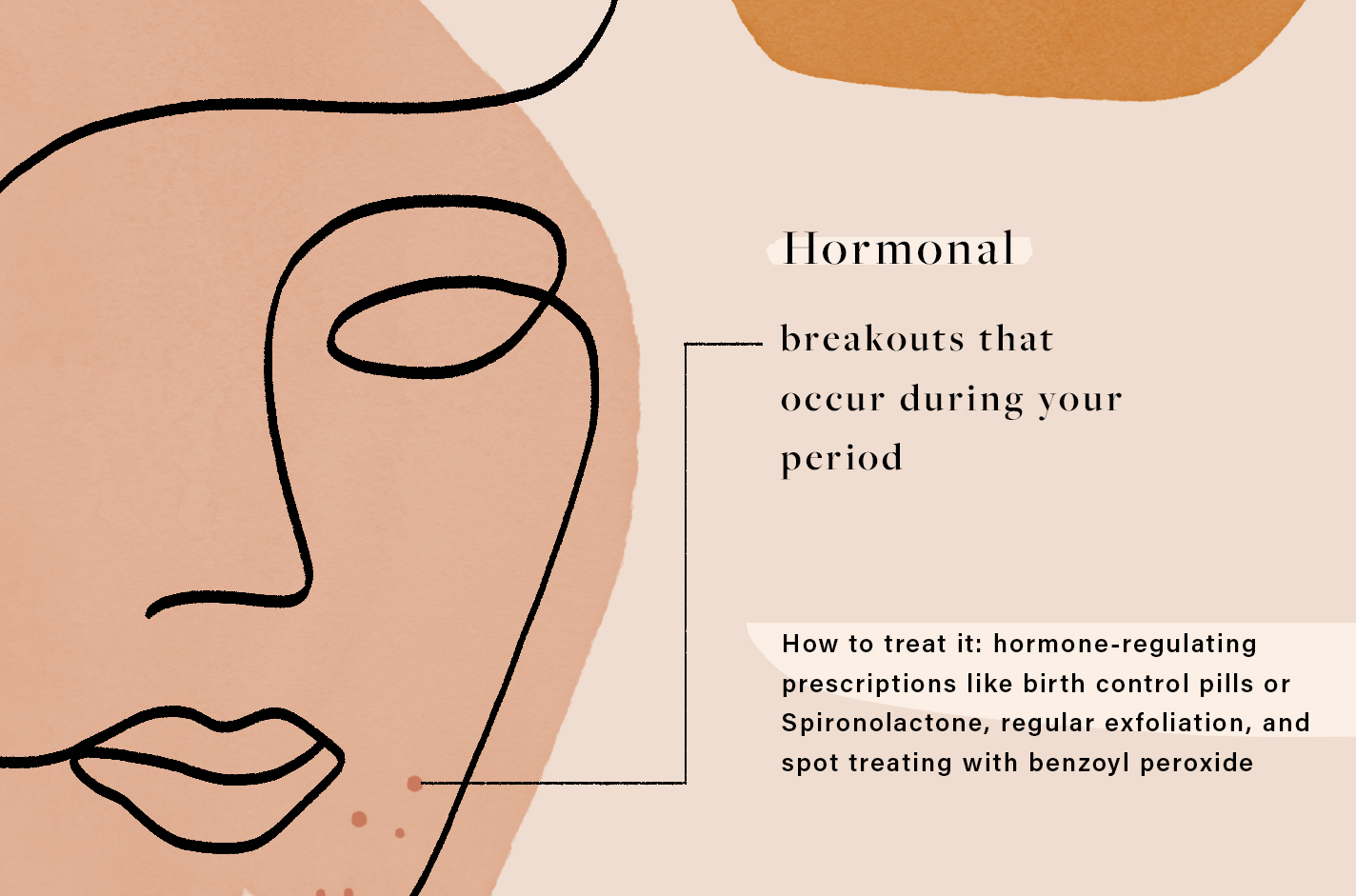
Hormonal acne
What it is: If you deal with breakouts that occur around the time of your menstrual cycle, chances are it’s hormonal acne. “Women may notice these acne lesions flaring monthly with their period, and this type of acne would be referred to as hormonal, a result of fluctuating [sex] hormones that play a roll in breakouts,” says Dr. Libby. Dr. Lee explains that this is because during your period, you have a “surge of hormones,” mainly progesterone (which leads to increased oil production). You’ll notice that these tend to show up around the chin and the jawline.
How to treat it: Commonly, people experience these on the dot around that time of the month, so make sure to be extra diligent in washing your face as you notice oil production begin to pick up. According to Dr. Libby, those who have particularly bad hormonal acne may sometimes have to stick with a prescription-strength topical or oral regimen. Dr. Libby says that birth control pills or Spironolactone can work to level out hormone fluctuations. That said, it’s also key to keep your face clean, regularly exfoliate, and avoid oil-based products. If you find you’re still seeing them on your skin, derms say that spot treating with benzoyl peroxide can also help.
Shop
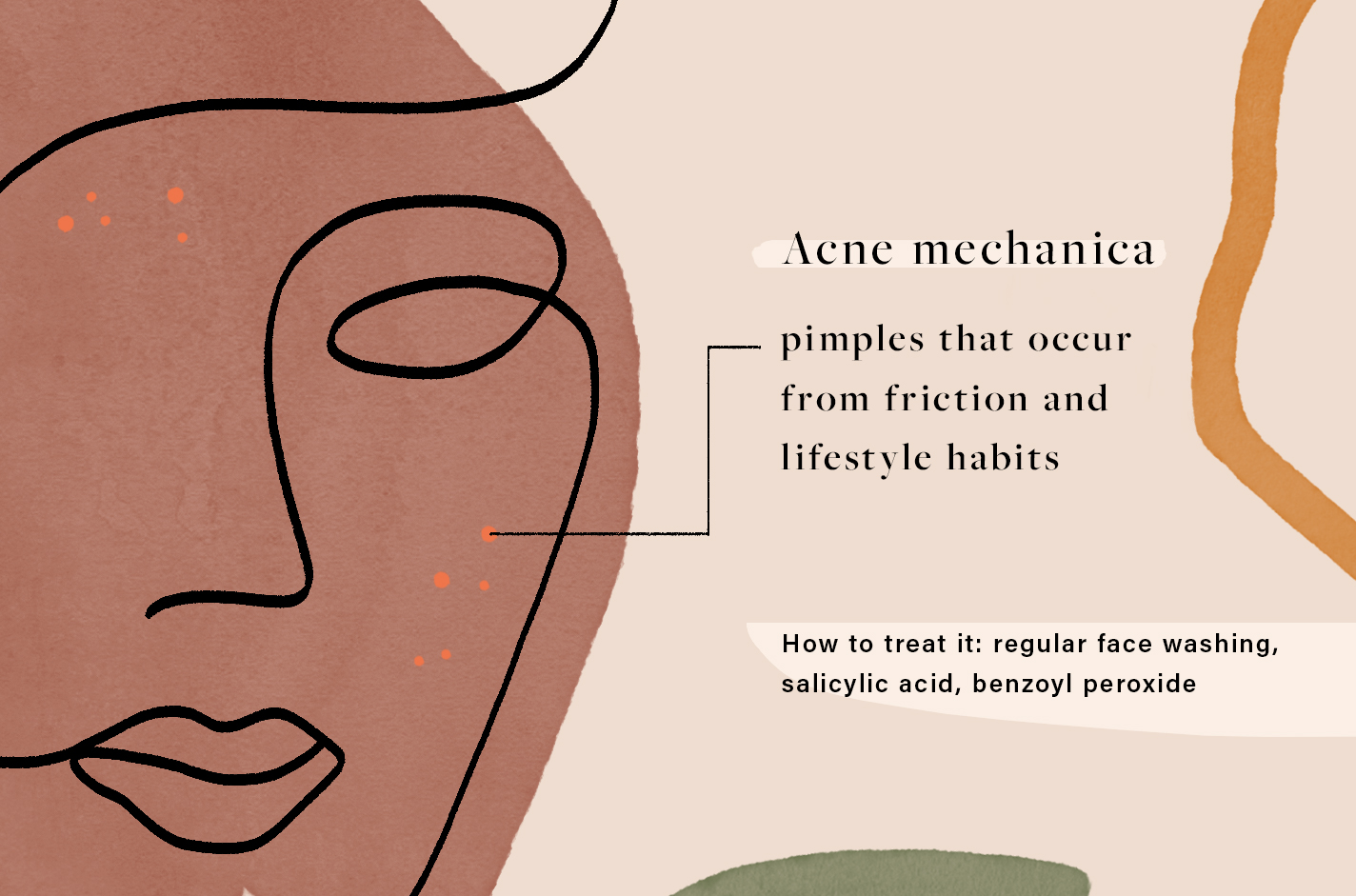
Acne mechanica
What it is: Plain and simple, Dr. Lee says that this kind of acne occurs from our physical experience with the world. “For instance, football players will get it on their chest and shoulders because of their pads, or violinists can get breakouts on the chin,” she says. “It happens from pressure and friction.” These will show up as red bumps in the spot that’s been rubbing against something and had bacteria from sweat or dirt trapped against it.
How to treat it: First and foremost, try to avoid this acne-causing contact (think: your scarf on your chin, avoiding touching your face, etc). If that’s not an option, then make sure to keep your pores clean using salicylic acid and/or benzoyl peroxide.
Shop
Another kind of acne is fungal—here are the fungal acne-fighting products you need to know about. And this is the 4-1-1 on a non-irritating retinol that could change the game in combatting breakouts.
Author Rachel Lapidos | Well and Good
Selected by CWC

ADVERTISEMENT
ADVERTISEMENTUp to 30% off Gift Sets |






